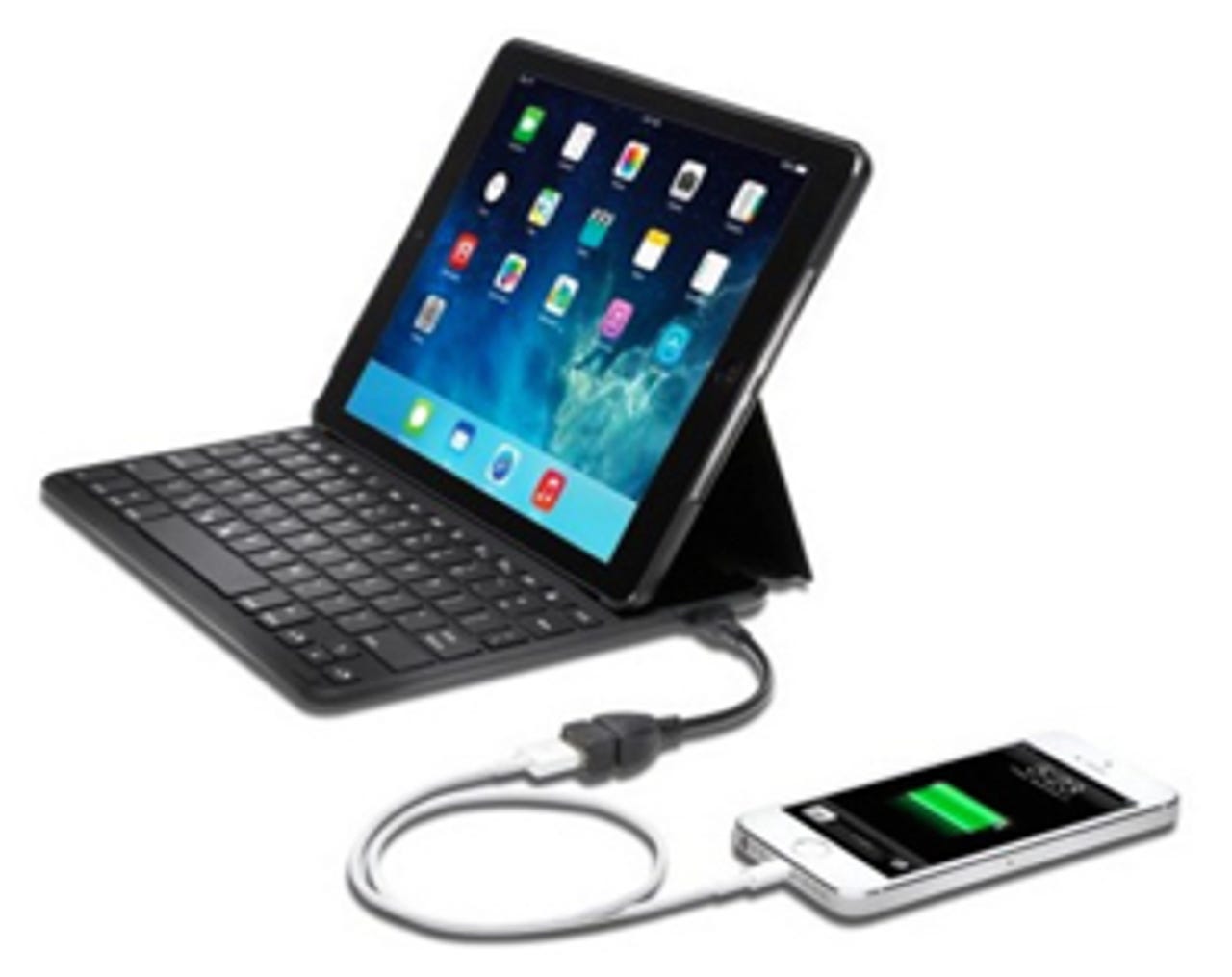iPad keyboards: How to choose the right one for the way you work


Others may find the need to pair the iPad with a good keyboard to handle all required tasks. There are lots of choices for those looking for a keyboard, due to the healthy ecosystem of third-party accessories for the iPad.
The big selection can overwhelm those looking for a keyboard. The best way to approach buying a keyboard for the iPad is to understand the types available and determine which will best fit the needs of the user.
In this article the basics will be covered, followed by top selections for each style of keyboard for the iPad Air. Links to full reviews of each contender are supplied.
Most keyboards are custom fitted to the iPad, so each generation of Apple's tablet can only use keyboards made for it. There are plenty to choose from for each iPad model, even the older ones.
This guide is general, but any specific keyboard mentioned will be made for the later generation of iPads, eg iPad Air and/or iPad Air 2.
The basics
All keyboards for the iPad connect via Bluetooth, and have internal batteries. These are charged via microUSB cables included with the keyboards, and can last months on a full battery charge. Some keyboards have power buttons, while others automatically turn on and off by placing the iPad in position for typing. Most have smart cover technology that turns the iPad on and off by opening and closing the case.
Keyboards for the iPad come in four styles:
Covers -- These are single piece keyboards that attach magnetically to the iPad for transport. They protect the iPad screen when closed. They detach from the tablet for use, with the iPad typically sitting in a slot above the keyboard for typing. Cover style keyboards usually only support using the iPad with a fixed viewing angle.
Folios -- These are full cases for the iPad in a portfolio form. The iPad is snapped into the lid opposite the keyboard. When closed, folios protect the front and back of the iPad and become thin "books" for transport. Once opened, the iPad is placed in one of several designated positions behind the keyboard for typing.
Laptop style -- These clamshell devices look like a small laptop with a missing display. The iPad snaps into the lid, and is fully protected when the clamshell is closed. The assembly opens like a laptop, and usually the iPad can be adjusted to a variety of viewing angles for use.
Stand alone keyboards -- These are small keyboards that do not attach to the iPad. They are used like keyboards for the desktop, yet are typically smaller for mobility. Some are very thin and light while others are closer to desktop keyboards in thickness. Using this type of keyboard mandates having a separate case or cover for the iPad to prop it up for typing.
Choosing the form
The first consideration about the best keyboard style for you is if you want to use the tablet in portrait orientation. Using the iPad with the longest side up and down can be useful for displaying documents. Landscape orientation is more like laptops with the longest side of the screen laid out horizontally.
Usually cover style keyboards can support using the iPad in portrait orientation, while most folios and all laptop style keyboards cannot.Once the orientation question is answered, next consider anticipated usage scenarios. Will you always use the iPad with a keyboard, or primarily use it as a tablet? The answer will determine which type of case will work best.
Those expecting to always (or most of the time) use the iPad with a keyboard may be best served with the laptop style. These function the most like a laptop, and the ability to adjust the display to a variety of viewing angles will be best for changing work environments.
If you want to use the iPad mostly as a tablet, the laptop style is not for you due to size and weight. Many folio style keyboards are thin and support folding the iPad over the keyboard for tablet use. Cover style keyboards can be set aside to use the iPad alone, which may be preferable to keep things as thin and light as possible.
There are a few keyboard folios that support detaching the iPad completely, and these might be the perfect type for heavy tablet users. It's a simple matter of detaching the iPad and setting the keyboard aside when not needed.
All about the keyboard
Those who will be doing lots of typing will want a keyboard with a good key layout, nice size keys, and good tactile feedback. This is especially important for touch typists, as a good keyboard means fast typing.
Most keyboards for the iPad have compromises compared to the typical laptop keyboard, due to the smaller size. This means keys are closer together, are usually smaller, and most significantly can have a non-standard layout. To fit everything in a narrower space, many keyboards for the iPad have keys moved from the standard laptop layout.
The best keyboards for touch typists have key layouts that mimic those found on laptops. It's essential to pay attention to the layout when shopping for a keyboard for the iPad. In my experience the size and spacing of the keys is not as important as the layout.
Current faves of each type
I've used an iPad Air as my main daily work system for over a year, and have tried dozens of keyboards. These have included all four types of keyboards. After extensive use, the following are my current favorites for each style, and why.
See the full review of the ZAGGkeys Cover on ZDNet.
Honorable mention cover style keyboard -- Logitech Ultrathin Keyboard Cover.
Uniquely for a folio, the iPad can be used in portrait orientation due to the detachable cover. The Belkin has a laptop key layout with nicely spaced keys for rapid touch typing. The keyboard is backlit and supports three brightness levels.
See the full review of the Belkin QODE Ultimate Pro on ZDNet.
Honorable mention folio style keyboard-- Kensington KeyFolio Thin X3 that can charge smartphones while being used, like a laptop.
See the full review of the ClamCase Pro for the iPad Air on ZDNet.
Honorable mention laptop style keyboard -- BrydgeAir (CNET review)
See the full review of the Logitech Keys-To-Go on ZDNet.
Honorable mention stand alone keyboard -- ZAGGkeys Flex.